Packing a semi-trailer effectively is crucial for ensuring cargo safety, optimizing space, and minimizing damage during transport. An organized approach not only streamlines the loading process but also enhances operational efficiency and reduces costs. We will elaborate on essential techniques, considerations, and best practices to help you master the art of semi-trailer packing.
Understanding the Basics of Semi-Trailer Loading
Before diving into the intricacies of packing, let’s outline some foundational principles:
Types of Semi-Trailers
- Dry Van Trailers: Enclosed trailers ideal for transporting non-perishable goods.
- Refrigerated Trailers (Reefers): Temperature-controlled trailers for perishable items.
- Flatbed Trailers: Open trailers suitable for heavy machinery and construction materials.
- Specialty Trailers: Custom trailers designed for specific loads, such as car carriers or tankers.
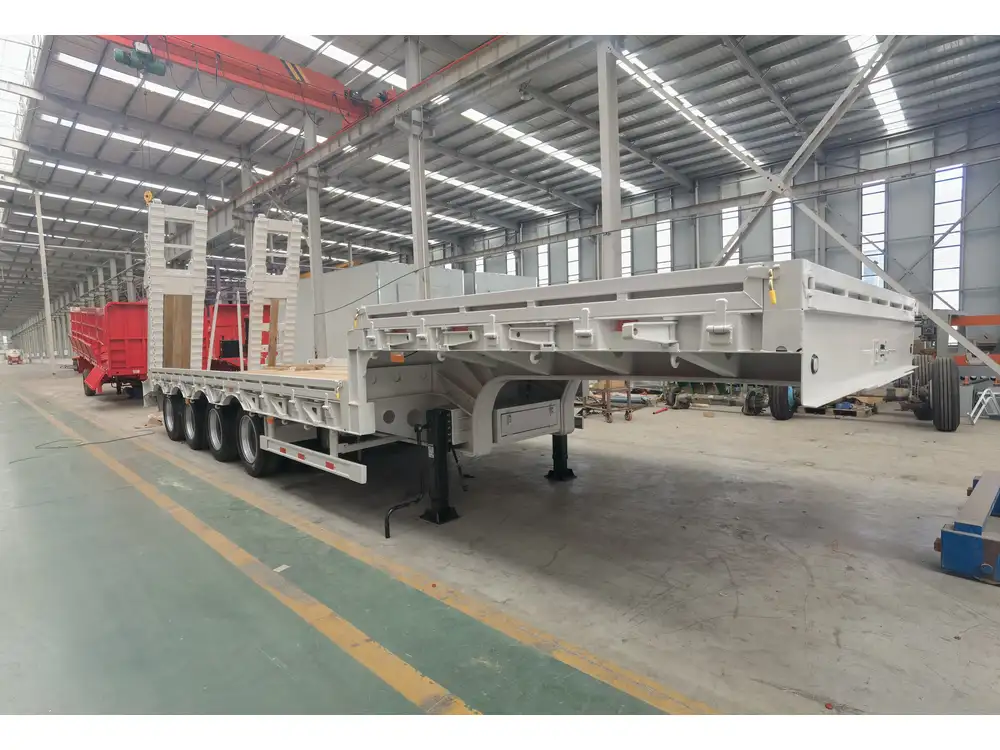
Importance of Proper Packing
- Safety: Prevents cargo shifting during transit, reducing the risk of accidents.
- Efficiency: Maximizes space and minimizes the number of trips required.
- Cost-Effectiveness: Reduces damage claims and ensures timely deliveries.
Essential Packing Techniques
1. Plan Your Load
Creating a comprehensive load plan is essential. Consider the following:
- Cargo Types: Identify the types of cargo being loaded (e.g., boxes, pallets, machinery).
- Weight Distribution: Aim for an even weight distribution across the trailer to maintain stability. Heavier items should be placed on the bottom and towards the front.

2. Optimize Space with Loading Methods
Different loading methods can be employed based on the cargo type and configuration of the trailer:
| Method | Description | When to Use |
|---|---|---|
| Block Stacking | Stacking boxes in layers, interlocking them for stability. | For small boxes or crates. |
| Palletization | Using pallets to consolidate goods for efficient loading. | For larger items or bulk shipments. |
| Vertical Loading | Loading cargo upright to save space and enhance stability. | For items like appliances or shelves. |
| Side Loading | Utilizing the side doors of the trailer for loading. | Limited access or when using forklifts. |
3. Secure Your Cargo
Once the cargo is loaded, securing it alleviates the risks of shifting during transit. Here are effective methods to use:
- Straps and Ratchets: Use adjustable straps to secure heavy items against trailer walls.
- Rope and Nets: For lighter or irregularly shaped cargo, nets can cover and compress items.
- Load Bars or Winches: Ensures pallets remain in place by applying force horizontally.
4. Think About Accessibility
Plan for access needs when unloading at the destination. This includes loading order and positioning:
- First In, Last Out: Items that will be delivered first should be loaded last, and vice versa.
- Clear Pathways: Ensure there are prescribed paths for workers to navigate during unloading.
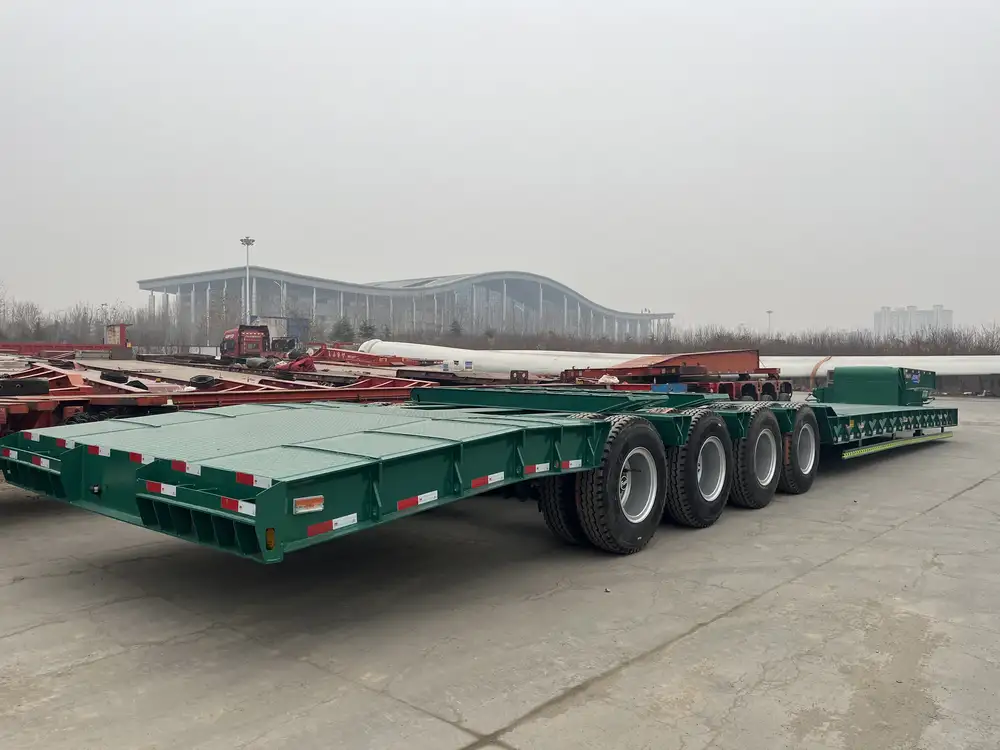
Potential Challenges and Solutions
1. Uneven Weight Distribution
Challenge: Cargo shifting due to improper weight distribution can be perilous.
Solution:
- Utilize a weight scale before departure to ensure load balance.
- Consider the truck’s specifications to avoid overloading.
2. Damage During Transport
Challenge: Cargo damage from impacts or inadequate packing.
Solution:
- Use protective packaging materials such as bubble wrap and foam inserts.
- Ensure clearance between the cargo and trailer walls to prevent scratches.

3. Weather Impact for Open Trailers
Challenge: Exposure to weather can damage goods, especially on flatbed trailers.
Solution:
- Utilize tarps or shrink wrap to cover pallets.
- Ensure that sensitive items are loaded last to provide extra protection.
Packing Process Step-by-Step
Step 1: Gather Packing Supplies
- Tools & Equipment: Straps, ropes, load bars, dollies, and lift gates.
- Packaging Materials: Pallets, shrink wrap, bubble wrap, and cushioning materials.
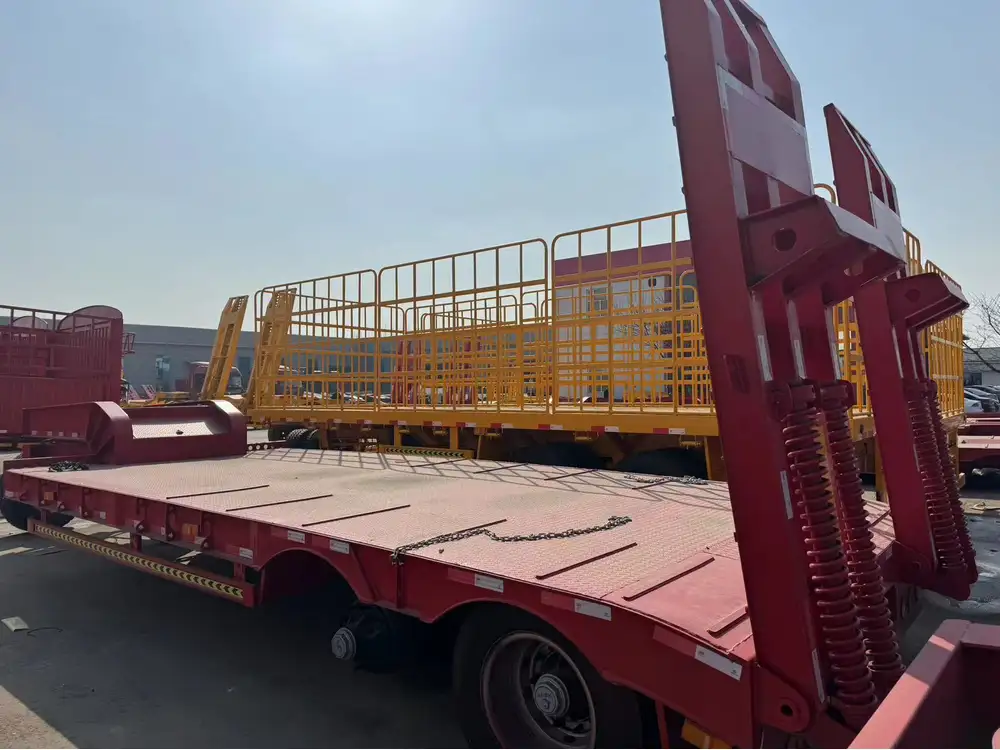
Step 2: Load the Heavier Items First
- Position heavy machinery near the front of the trailer, ensuring the load does not extend beyond the trailer space.
- Spread the weight evenly across both sides of the trailer.
Step 3: Organize and Layer the Load
- Create layers with pallets for smaller items, boxing them together securely.
- Utilize every inch of vertical space, ensuring that you do not exceed the height limit.
Step 4: Secure the Load
- Ratchet straps should be adjusted to firmly hold heavier items.
- Use nets to cover lighter items, preventing movement during transit.
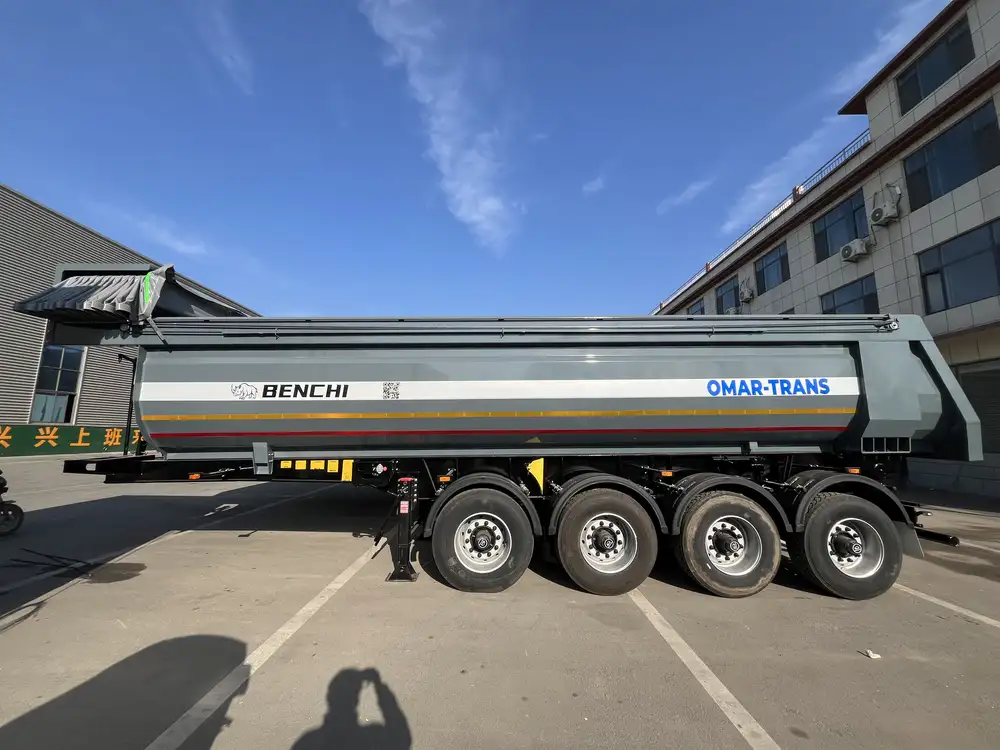
Step 5: Conduct a Final Inspection
- Check for any loose items.
- Inspect proper weight distribution and securing mechanisms.
Post-Packing Tips
Regular Check-ups
Conduct regular check-ups during transit to ensure heavy loads remain secure. Implementing periodic stops to re-secure loads can prevent potential hazards.
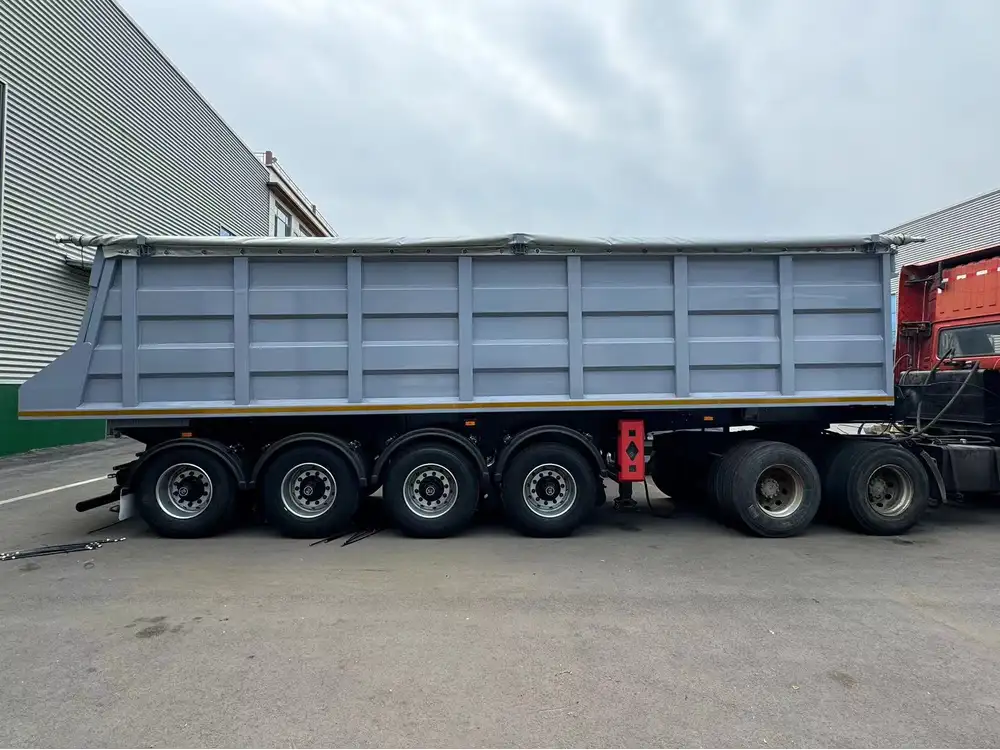
Documentation and Compliance
Ensure that all cargo is properly documented for legal compliance, especially when transporting specialized goods. This includes licenses for hazardous materials and weight permits.
Frequently Asked Questions (FAQs)
How High Can We Load a Semi-Trailer?
Most trailers have a maximum load height of approximately 13.5 feet, depending on local laws. Always check for specific regulations in each state or region you are operating in.
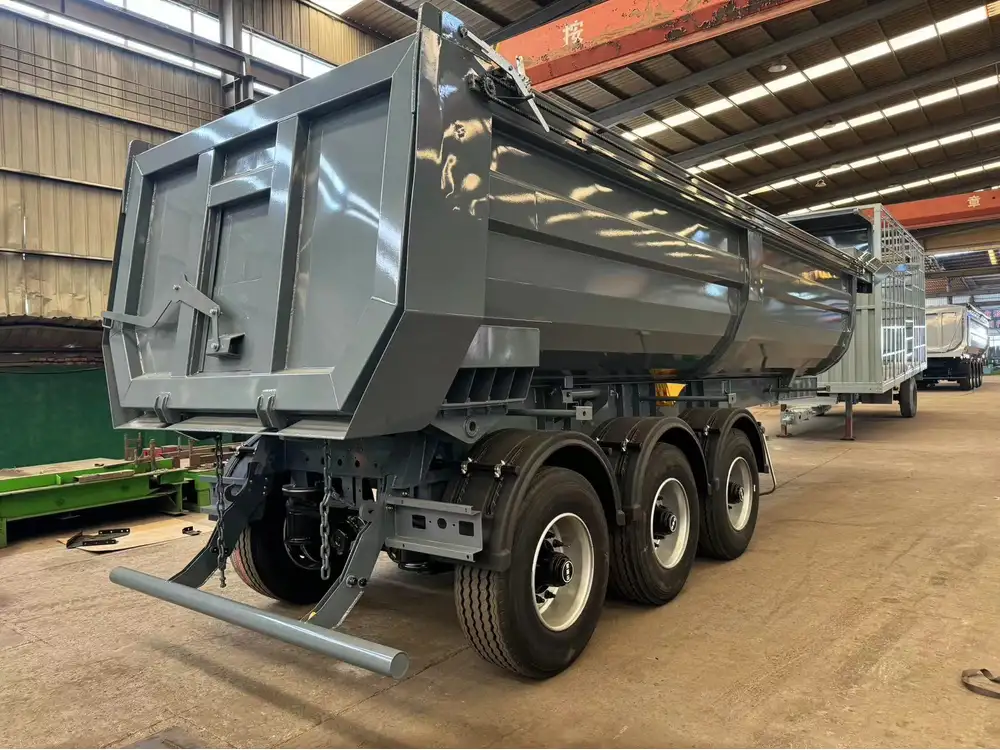
Can I Use Unsecured Cargo?
No. Unsecured cargo poses a serious safety risk. Always ensure everything is properly packed and secured before transportation.
What Happens if My Load Shifts During Transit?
If your load shifts, it can lead to instability and accidents. It is crucial to regularly secure loads and check them during travel.
Do I Need Special Equipment for Loading Heavy Items?
Yes, using equipment like forklifts, pallet jacks, and cranes will help in loading heavy items safely and efficiently.
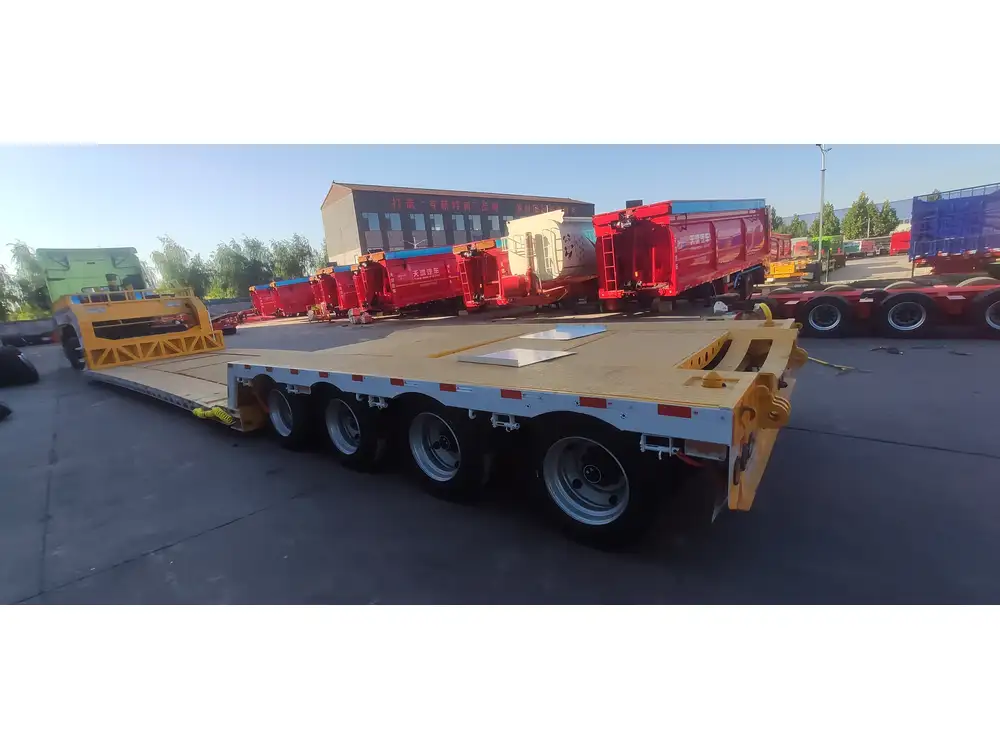
Conclusion
Mastering the techniques of packing a semi-trailer involves understanding the intricacies of cargo management, weight distribution, and securing mechanisms. By adhering to the strategies outlined in this guide, you will enhance safety, ensure cargo integrity, and improve the overall logistics of your transportation process. Remember, the key to a successful load lies not only in efficiency but also in foresight and meticulous planning. Your diligence today lays the groundwork for a safer and more economical transport tomorrow.



